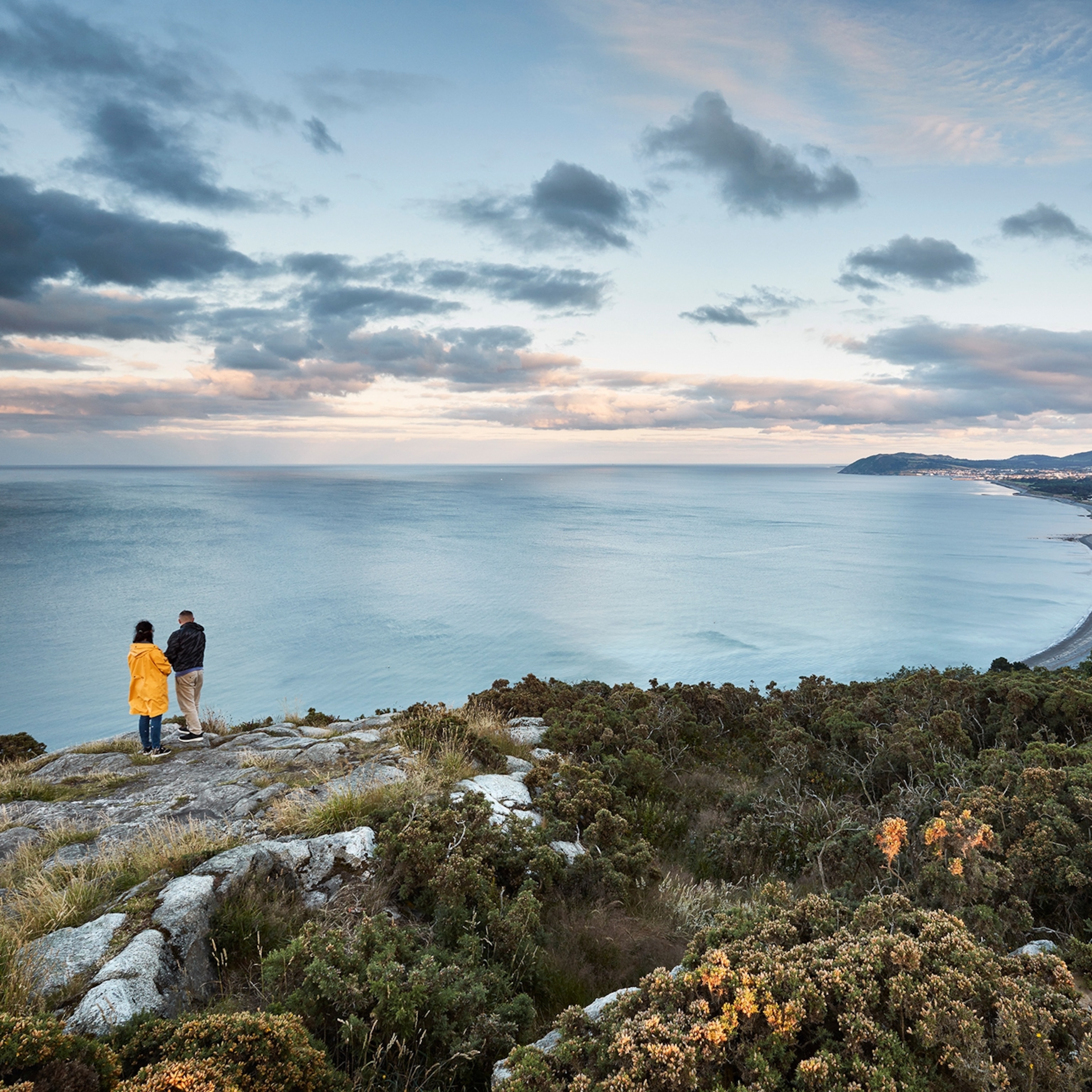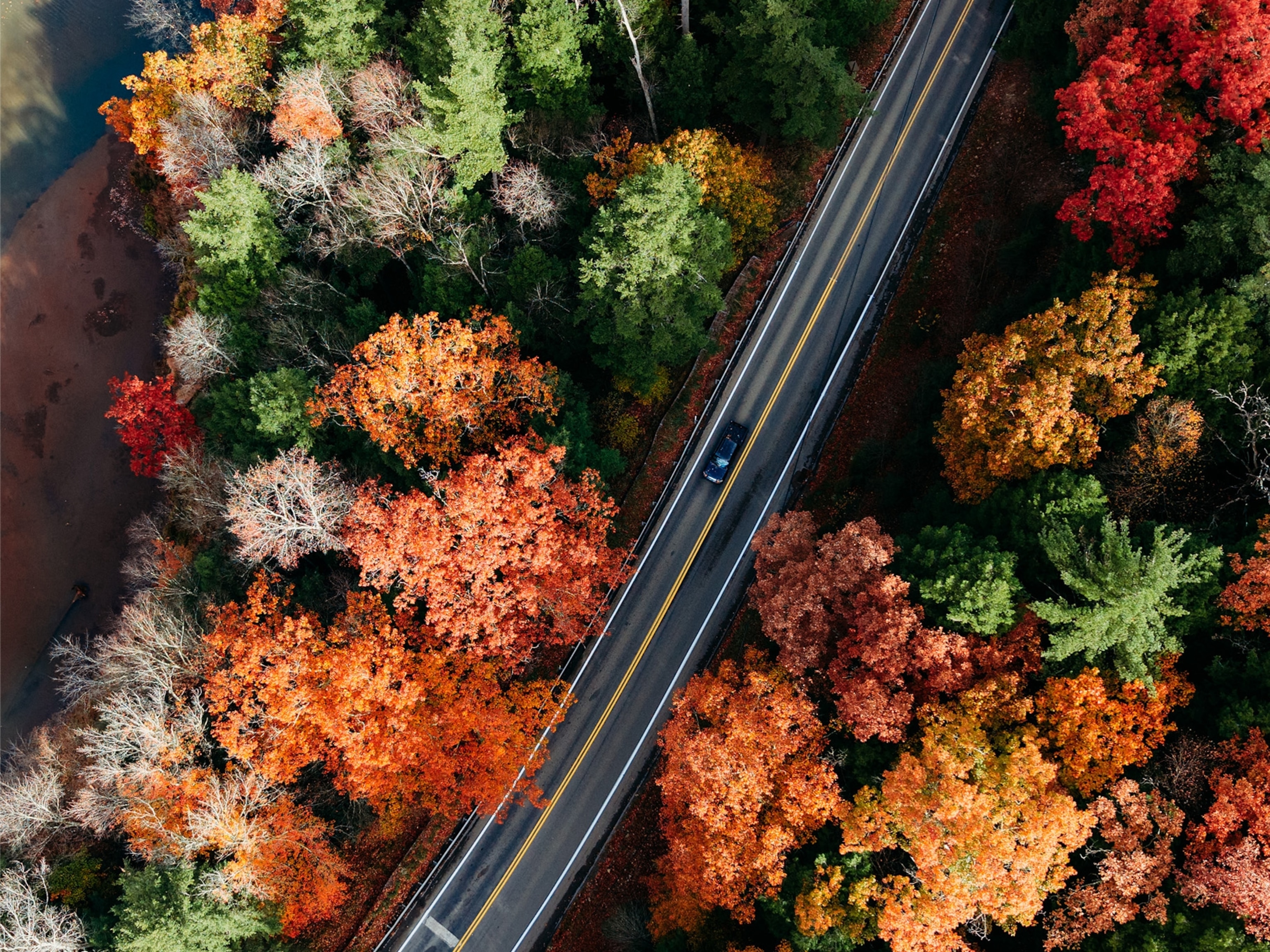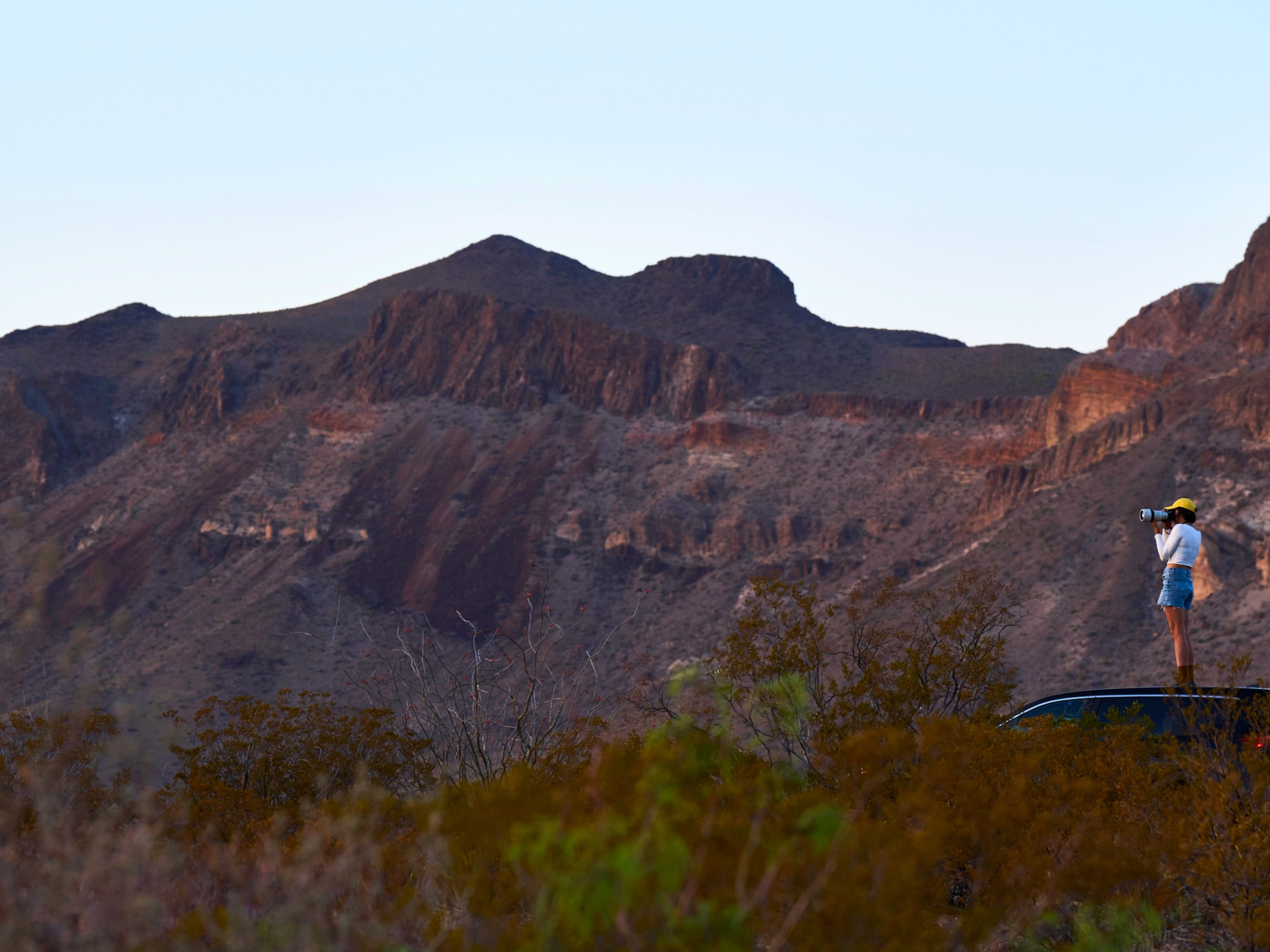A Rocky Path Toward Maine's New National Monument
A National Geographic Young Explorer paddles through Katahdin Woods and Waters National Monument and into the forest's wild heart.
The mighty 75-mile East Branch of the Penobscot River begins as a small stream in north-central Maine. I stood on its bank in late September 2015, closing my eyes against the dust billowing up from the logging road I had used to reach the water. On one side of the road, the stream seemed still, reflecting blue sky and wispy clouds. On the other, the current flowed swift, babbling over the rocks and tumbling down to Fourth Lake, Third Lake, Lake Matagamon, and into what's now the newly designated Katahdin Woods and Waters National Monument.
The national monument, designated by President Barack Obama just last week, almost didn’t happen. The monument encompasses 87,500 acres in the Maine North Woods, a region that spreads over three million acres and is a true working forest, historically known for large-scale logging operations. The land had been purchased over many years by Burt’s Bees co-founder Roxanne Quimby with the intention of transferring the property to the federal government for a new national park. But that plan hit numerous speed bumps.
Local residents worried about government overreach and a potential ban on traditional activities like hunting and snowmobiling. Tourism and recreation companies argued that protecting the woods would bring economic benefits to struggling towns. Conservationists tried to turn public opinion toward restoring the region’s natural heritage.
“To me, this is not just a standard block of Maine forestland,” says Lucas St. Clair, Quimby’s son and president of the board of Elliotsville Plantation, Inc., a Quimby family foundation that transferred the land to the government. After Quimby rubbed many the wrong way by prohibiting the Maine tradition of public recreation on private forest lands, St. Clair stepped in to forge a compromise among the various groups for establishing the national monument.
“This is an incredibly important place in the northern forests of Maine. It has incredible history, from the [cultures] of the Wabanaki peoples who were here since the last ice age to the birth of conservation thinking in America,” St. Clair says. Pointing to the connectedness of the woods with neighboring ecosystems, St. Clair recalled a friend’s encounter with an enormous Atlantic salmon in one of the pools within the monument, after the fish had traveled upstream from the ocean.
On the River
After a few days exploring Fourth and Third Lakes, the river brought me to the Katahdin Woods and Waters Recreation Area, bought by the Quimbys and managed by Elliotsville Plantation, Inc., which had funded part of my fall expedition. The National Geographic Young Explorers Grant program also contributed funding.
When I arrived at the border of what would be the new national monument, it was late afternoon. The sun had already begun descending, casting intricate shadows on the trail I followed along the edge of the East Branch. Here, the river flows wide and briskly, the sound of the rapids competing with the giggling of the black-capped chickadees that zipped around the trees along the shore.
Turning the corner, I heard a distinct splashing.
Freezing, I took a moment to listen. On my fall trip so far, I had spotted osprey, common loon, songbirds, white-tailed deer, red squirrels, and more, but had not run into the most iconic species of all: the moose. Was now my chance?
On tiptoe, camera raised, I crept forward. Leaning out around the alders growing near the water, I stretched my neck until I could identify the source of the splashing, what I hoped would be the dark silhouette of Maine’s state animal.
But nothing was there. The splashing didn’t emanate from a moose, just a particularly large boulder that caught the current just right to create a standing wave. I couldn’t help but laugh at myself. Though I saw moose in later trips, for that afternoon the Maine North Woods chose to hang on to its mysteries.
Creating the Monument
I visited only the northernmost part of the new Katahdin Woods and Waters National Monument (KAWW). The national monument is separated into two management parcels: one that allows hunting and snowmobiling, and one that doesn’t. Miles of trails and a 20-mile driving road have already been constructed and opened for public use.
A national monument is similar to a national park, but requires a proclamation from the president, not approval from Congress. The power of the president to declare national monuments stems from the Antiquities Act, signed into law under Teddy Roosevelt in 1906. Roosevelt used the act to designate the Devils Tower National Monument that year, and it has been used over 100 times since, including to create the Grand Canyon National Monument.
The designation has environmental, historical, recreational, and economic benefits, says Lisa Pohlmann, executive director of the National Resources Council of Maine. “The land contains important plant and wildlife habitat, including wetlands, unusual plants, and natural communities, like one of the state’s best examples of a silver maple floodplain forest. It also contains habitat for iconic and rare animals including moose, black bear, bald eagles, Canada lynx, and pine marten,” she wrote in an email.
She said that protecting the landscape, which varies in elevation, will help a wide diversity of plants and animals thrive. “This, combined with the general north-south orientation of the East Branch of the Penobscot River, provides opportunities for plants and wildlife that are adapting to climate change to migrate up to higher elevations or farther north,” Pohlmann says.
I’m a birder. When I go to a new place, you can bet I’m on the lookout for as many species of my feathered friends as I can possibly find. Birds represent just one facet of the biodiversity that the KAWW will protect, and range from common Maine species like loons, black-capped chickadees, and red-breasted nuthatches, to boreal specialists such as the gray jay, spruce grouse, and boreal chickadees, to tropical migrants, including warblers and vireos. All coexist within this environment, and as the protected forest matures, it will be interesting to see how the community of wildlife changes along with it.
Opposing Voices
There were drawbacks, however, to KAWW’s designation, vocalized most strongly by the local communities. When Roxanne Quimby first purchased the land, she restricted traditional uses, such as snowmobiling and hunting. While these uses have since been restored on some of her property, the fear remains that local people will continue to lose forest access. The Bangor Daily News reported that Gerry Lavigne, a wildlife biologist with the Sportsman’s Alliance of Maine, said at a public meeting that his group felt “that any national park presence in Maine will result in a net reduction” of land available for access. “Our greatest fear is that in 20 years, we will have something that is locking people out of Maine’s woodlands instead of encouraging their use,” Lavigne said.
- National Geographic Expeditions
Given the historic importance of logging in this region of Maine, residents are also concerned that permanently restricting these acres from logging will damage local mill businesses. The Maine Congress and Senate narrowly passed symbolic legislation against what was at the time a future designation, while other organizations, such as the Katahdin Area Chamber of Commerce, have embraced the monument as a vehicle for regional economic diversification.
St. Clair, Quimby’s son, hopes to allay these fears. Since the land was already owned by the Elliotsville Plantation, logging was not permitted. Furthermore, he pushed for re-opening parcels of land for snowmobiling and hunting, and he says the areas currently open for these activities will remain open. He explains that these activities are “really important part of the local heritage, so I’m really glad that we were able to incorporate that use into the management.”
Going forward, he and the National Park Service are committed to continuing to work with the surrounding communities, incorporating their input into a general management plan and into future decisions. In fact, the first manager of the park, Tim Hudson, opened his office in the town of Millinocket the day after the announcement was made.
Of course, there is still a lot to do. In addition to the management plan, fundraising efforts are under way to raise an endowment for the park, and trail and facility construction should begin within a year or so, building upon the network of trails and roads already open.
The Future
During my four expeditions to the Maine North Woods, one in each of the four seasons from the fall of 2015 through the summer of 2016, I finally did see a moose look into my eyes before he trotted off down a logging road. I saw a mother black bear lead her two cubs into the woods, two fox kits curiously looking at me from beneath an evergreen branch, a native brook trout in breeding colors, and a fuzzy common loon chick swimming between its parents.
I’ve photographed towering red spruce and balsam fir trees weighed down under new snow, goldenrod flowers bursting in recently cut fields, and bright green ferns dripping with a recent rain. Through the new Katahdin Woods and Waters National Monument, many more people will have the chance to experience the Maine North Woods like this, and fall in love with the national monument, the adjacent Baxter State Park, and the region as a whole.

















